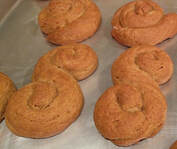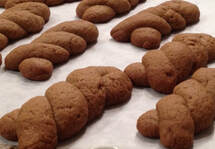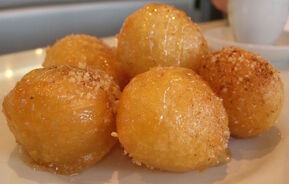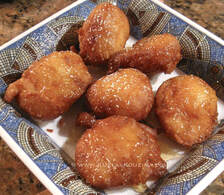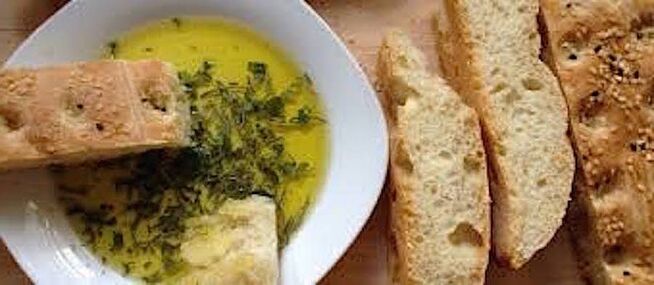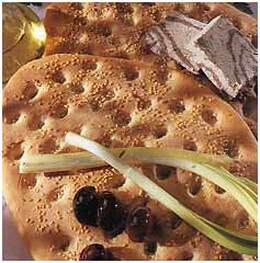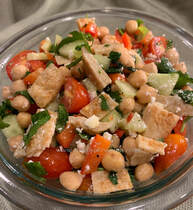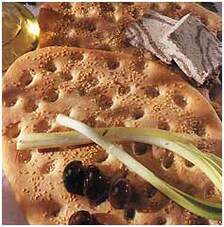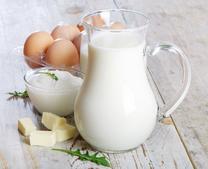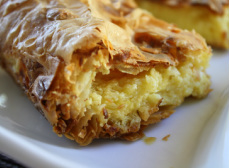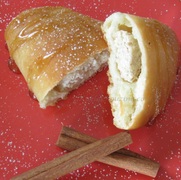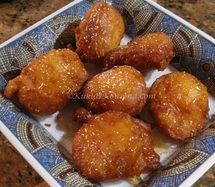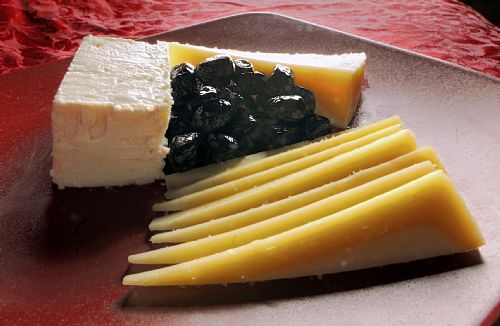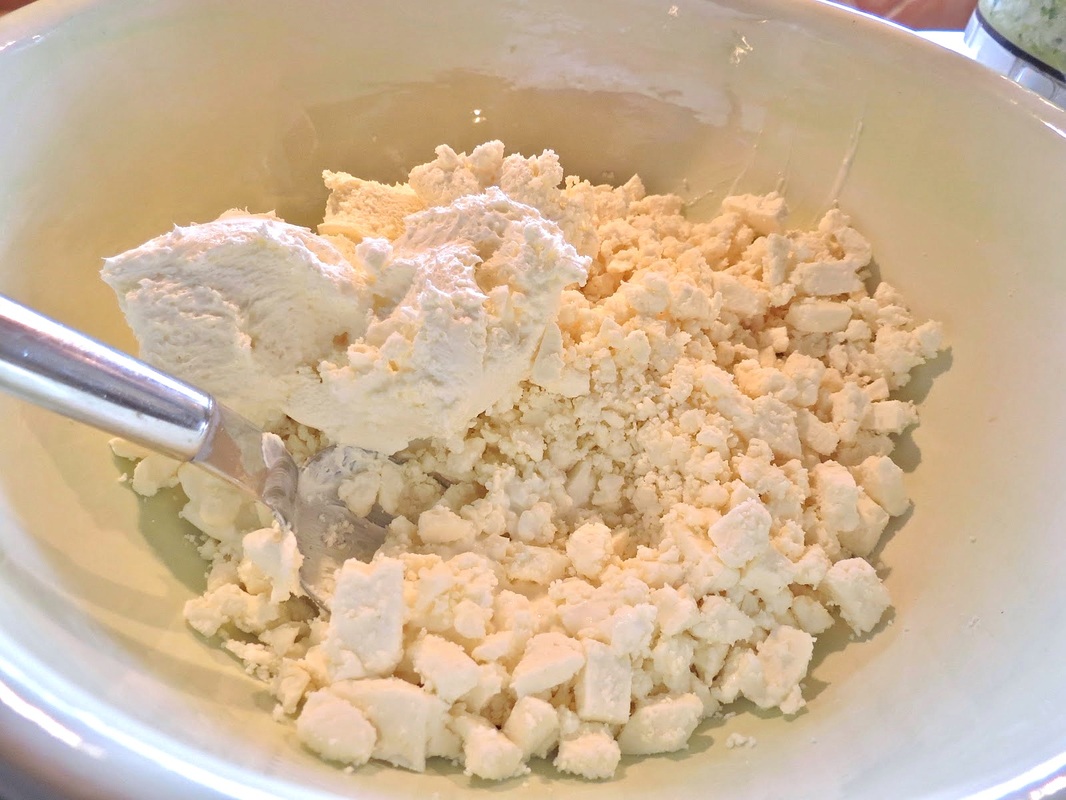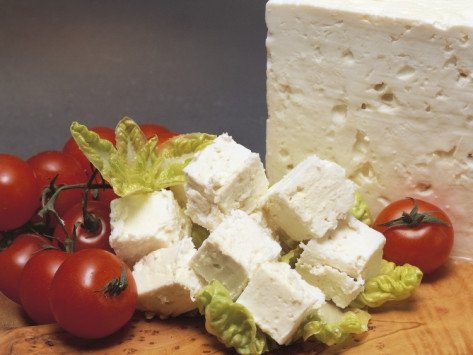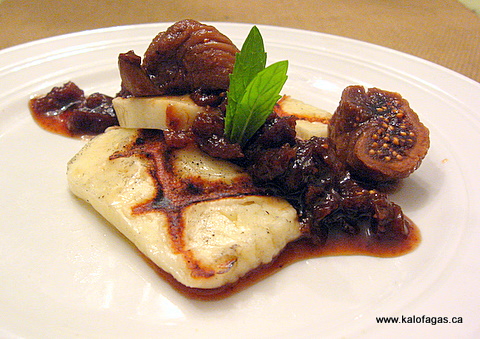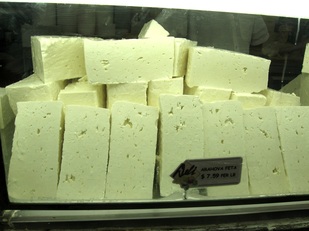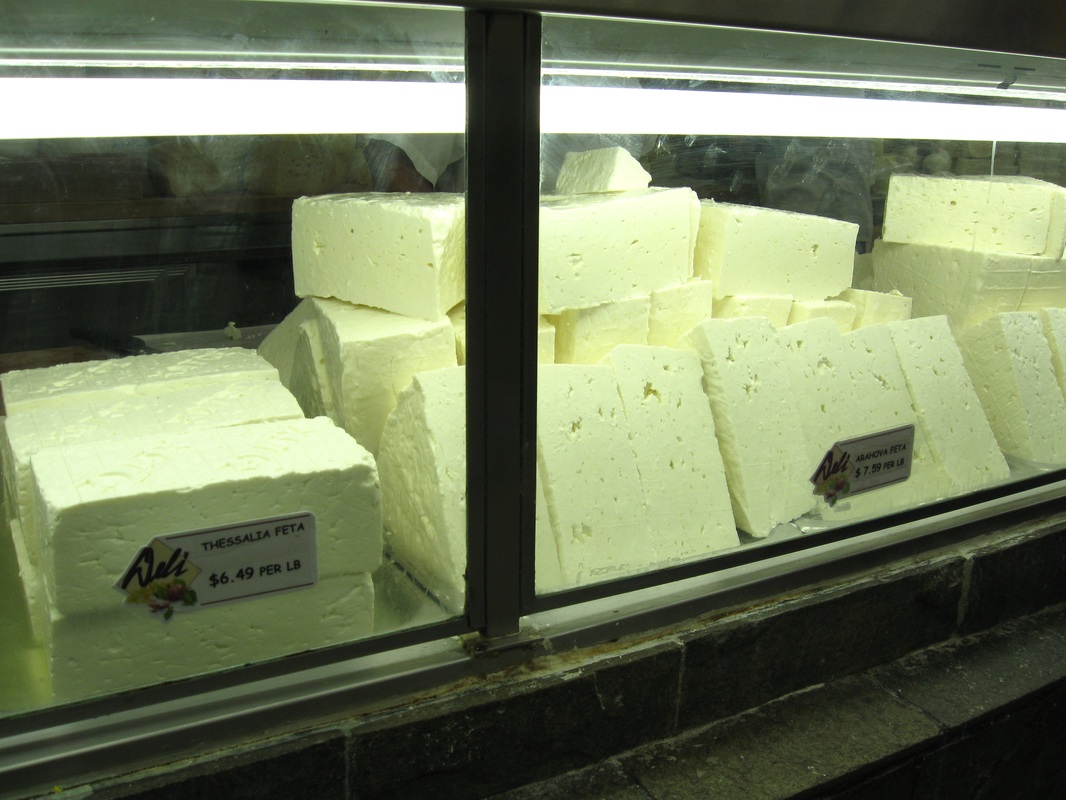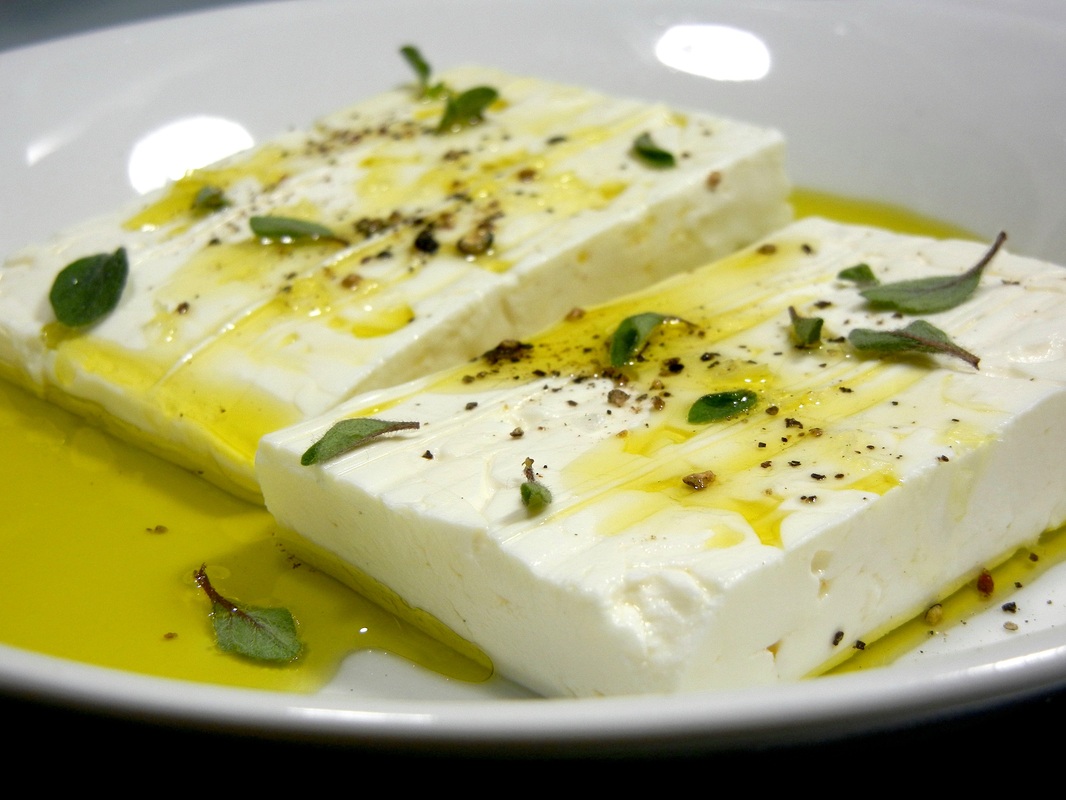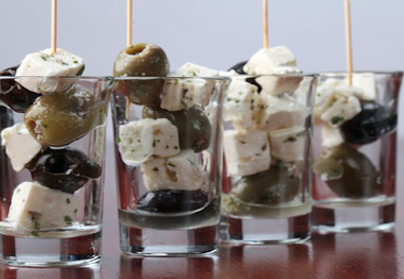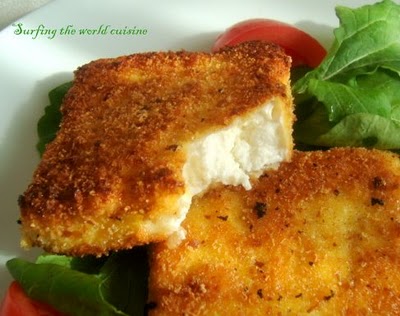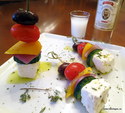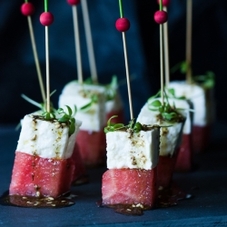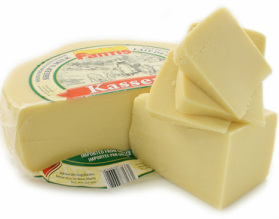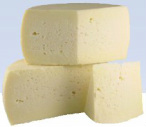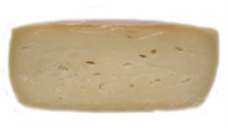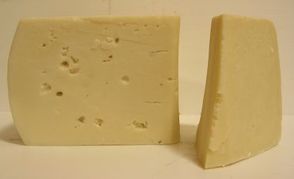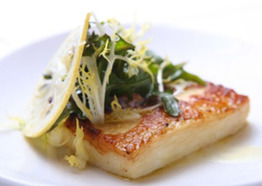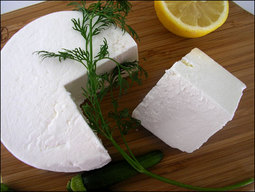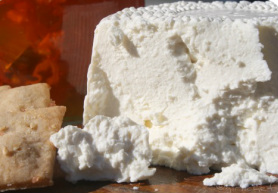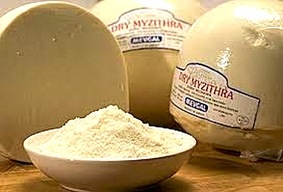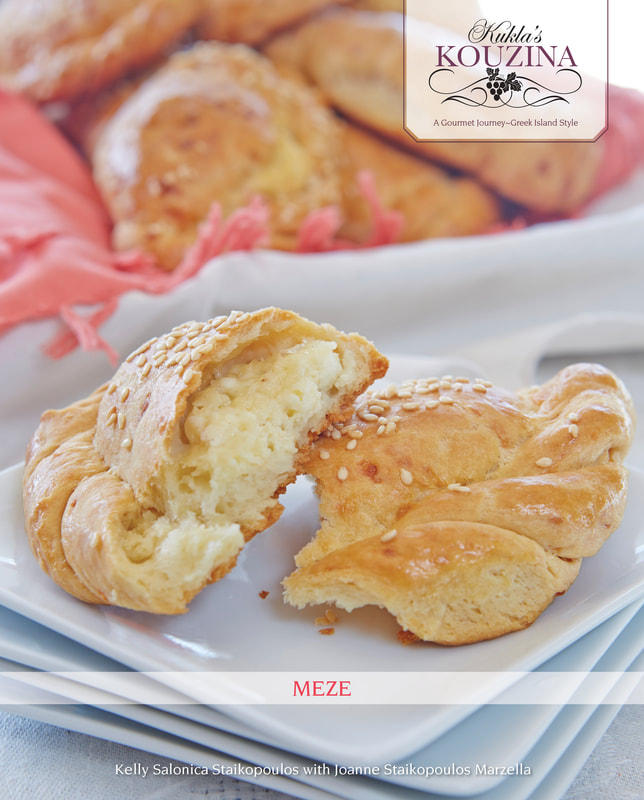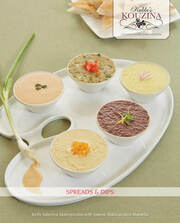Koulourakia with Wine (κουλουράκια με κρασί) / Krasokoulourakia (κρασοκουλουράκια)
Kouzina Tip: The dough can be refrigerated up to 2 weeks, so make it ahead to bake later or prepare the dough, bake half, and save the rest for another time.
PREP TIME: 15 minutes plus standing
BAKING TIME: about 20 minutes per batch
MAKES: 20 to 30 cookies (depending on the shape/size you make)
4 cups all-purpose flour, divided
1 tablespoon baking powder
3/4 cup extra-virgin olive oil
2/3 cup sugar
1 tablespoon cinnamon
1 1/2 teaspoons cardamom
1/4 teaspoon ground cloves
Zest of 1 orange
1/2 cup freshly squeezed orange juice
1/4 teaspoon baking soda
1/3 cup Greek sweet red wine (like Mavrodaphne) for dark cookies or Greek sweet white wine for light cookies (the color of the baked cookies will depend on the color of the wine and olive oil, see photos above)
Toasted sesame seeds (optional)
1. In a large bowl, sift together 3 1/2 cups flour and the baking powder; make a well in center. To the well, add the olive oil and sugar and whisk to combine. Whisk in the cinnamon, cardamom, cloves, and zest. With orange juice in a cup, stir in the baking soda until dissolved and foaming; pour into well and whisk into the oil mixture. Whisk in the wine until of the ingredients in the well are combined. Gradually stir in the surrounding flour until all is incorporated. Kneed the dough just until the dough is smooth, soft, and not sticky (don’t over handle the dough). If sticky, gradually kneed in just enough of the remaining 1/2 cup flour until dough no longer sticks to the sides of the bowl and can be rolled out into a smooth rope shape.
2. Cover the dough with a clean dry kitchen towel and let rest 20 minutes. (Can be made ahead. After resting, wrap dough tightly in plastic wrap and seal in a resealable plastic storage bag, pressing out air, and refrigerate up to 2 weeks. Let stand at room temperature until softened enough to roll before continuing with recipe, 30 minutes to 1 hour.)
3. Line 2 large heavy-duty rimmed baking sheets with parchment paper or lightly grease them with vegetable shortening. Arrange 2 racks in lower and upper thirds of oven. Heat oven to 350°F.
4. Briefly kneed dough before shaping. (If dough becomes oily at any time while making the cookies, kneed until oil is absorbed, then continue rolling out cookies.)
For a twist shape: Roll about 1 tablespoon of dough into a 4- to 5-inch rope, fold in half, and twist.
For S shape: Roll about 1 tablespoon of dough into a 5-inch rope, roll one end to the middle and roll the other end in the opposite direction to the middle.
5. Place cookies 1-inch apart on prepared baking sheet. Lightly brush with water and sprinkle with sesame, if desired. Bake about 20 minutes (add 5 to 10 minutes for larger/thicker cookies), switching baking sheets up and down halfway through, until browned. Transfer to wire racks and cool completely. Store cookies in an airtight container at room temperature up to 3 weeks.
Cocoa & Cream Wine Koulourakia
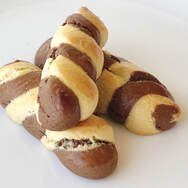
Kouzina Tip: The dough can be refrigerated up to 2 weeks, so make it ahead to bake later or prepare the dough, bake half, and save the rest for another time.
PREP TIME: 15 minutes plus standing
BAKING TIME: about 20 minutes per batch
MAKES: about 30 cookies
WHITE-WINE DOUGH
2 cups all-purpose flour, divided
1 1/2 teaspoons baking powder
1/3 cup extra-virgin olive oil
1/3 cup sugar
1 1/2 teaspoons cinnamon
3/4 teaspoon cardamom
1/8 teaspoon ground cloves
Zest of 1/2 orange
1/4 cup freshly squeezed orange juice
1/8 teaspoon baking soda
3 tablespoons Greek sweet white wine
*
CHOCOLATE DOUGH
1 1/2 cups all-purpose flour, divided
1/2 cup unsweetened cocoa powder
1 1/2 teaspoons baking powder
1/3 cup extra-virgin olive oil
1/3 cup sugar
2 teaspoons cinnamon
Zest of 1/2 orange
1/4 cup freshly squeezed orange juice
1/8 teaspoon baking soda
3 tablespoons Greek sweet red wine (like Mavrodaphne) for dark cookies or Greek sweet while wine for lighter cookies (the color of the chocolate part of the cookie will depend on the color of the wine and olive oil)
1. Make White Dough: In a medium bowl, sift together 1 3/4 cups flour and the baking powder; make a well in center. To the well, add the olive oil and sugar and whisk to combine. Whisk in the cinnamon, cardamom, cloves, and zest. With orange juice in a cup, stir in the baking soda until dissolved and foaming; pour into well and whisk into the oil mixture. Whisk in the wine until all of the ingredients in the well are combined. Gradually stir in the surrounding flour until all is incorporated. Kneed the dough just until the dough is smooth, soft, and not sticky (don’t overhandle the dough). If sticky, gradually kneed in just enough of the remaining 1/4 cup flour until dough no longer sticks to the sides of the bowl and can be rolled out into a smooth rope shape.
2. Make Chocolate Dough: In a medium bowl, sift together 1 1/4 cups flour, the cocoa powder, and baking powder; make a well in center. To the well, add the olive oil and sugar and whisk to combine. Whisk in the cinnamon and zest. With orange juice in a cup, stir in the baking soda until dissolved and foaming; pour into well and whisk into the oil mixture. Whisk in the wine until all of the ingredients in the well are combined. Gradually stir in the surrounding flour until all is incorporated. Kneed the dough just until the dough is smooth, soft, and not sticky (don’t overhandle the dough). If sticky, gradually kneed in just enough of the remaining 1/4 cup flour until dough no longer sticks to the sides of the bowl and can be rolled out into a smooth rope shape.
2. Cover each bowl of dough with a clean dry kitchen towel and let rest 20 minutes. (Can be made ahead. After resting, separately wrap each dough tightly in plastic wrap and seal in a resealable plastic storage bag, pressing out air, and refrigerate up to 2 weeks. Let stand at room temperature until softened enough to roll before continuing with recipe, 30 minutes to 1 hour.)
3. Line 2 large heavy-duty rimmed baking sheets with parchment paper or lightly grease the sheets with vegetable shortening. Arrange 2 racks in lower and upper thirds of oven. Heat oven to 350°F.
4. Briefly kneed dough before shaping. (If dough becomes oily at any time while making the cookies, kneed until oil is absorbed, then continue rolling out cookies.) Roll out about 1 tablespoon of each dough color into 3- to 4-inch ropes, place side by side and twist, tucking ends under, for a two-tone cookie.
5. Place cookies 1-inch apart on prepared baking sheet. Bake about 20 minutes, switching baking sheets up and down halfway through, until cookies are browned. Transfer to wire racks and cool completely. To give them a shine, while still warm, very lightly coat the tops with olive oil, then let cool completely. Store cookies in an airtight container at room temperature up to 3 weeks.
Recipes by Kelly Salonica Staikopoulos
Copyright © Kukla's Kouzina: A Gourmet Journey~Greek Island Style
More about Greek Orthodox Lenten cuisine can be found in our blog, Lenten Cuisine~A Faith Inspired Journey.
I hope you enjoyed this week’s Lenten cookies. Recipes for other Lenten foods can be found in our Meze and Spreads & Dips cookbooks. Stay tuned for future blogs on foods and customs relating to this Holy season of fasting and spiritual awakening.
Sign up for our e-newsletter (if you haven’t already) and stay connected on social media for cooking tips and recipes, as well as for all Kukla's Kouzina updates and news.
Thanks for following us and we’ll see you next Monday!
Until then~
Kali orexi! Good appetite!
Kelly
Resources
Greek Orthodox Archdiocese of America
Great Lent
Web design by Kelly Salonica Staikopoulos


